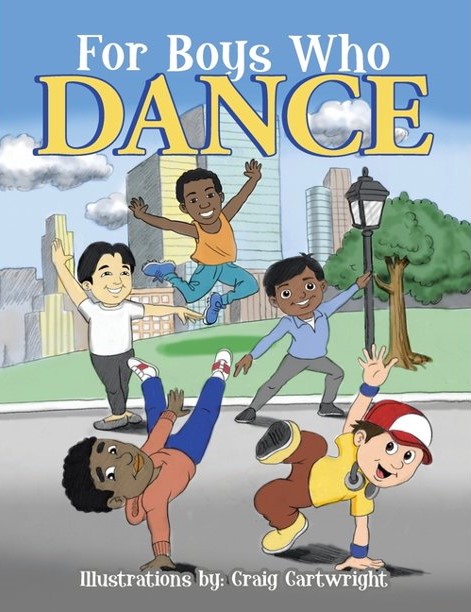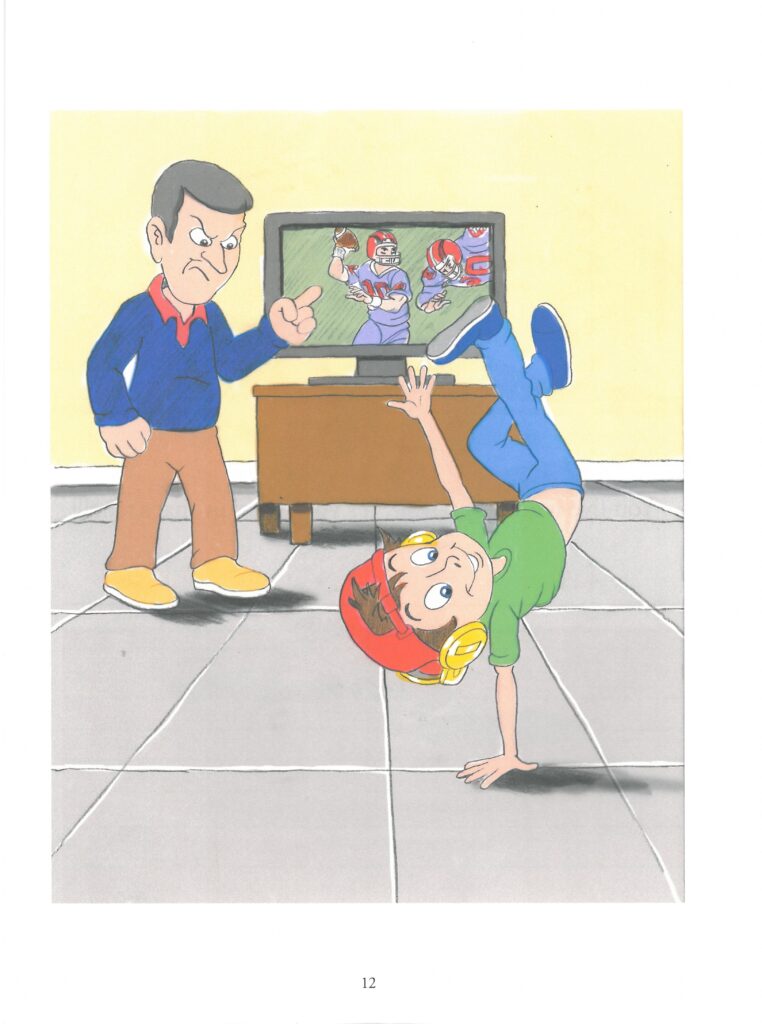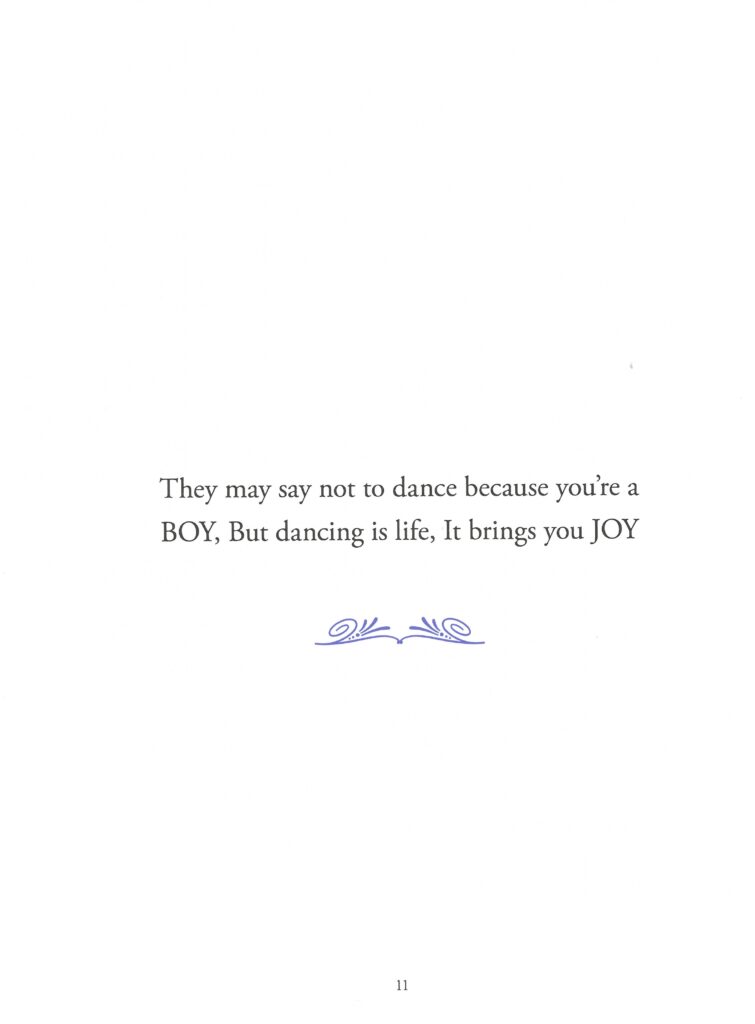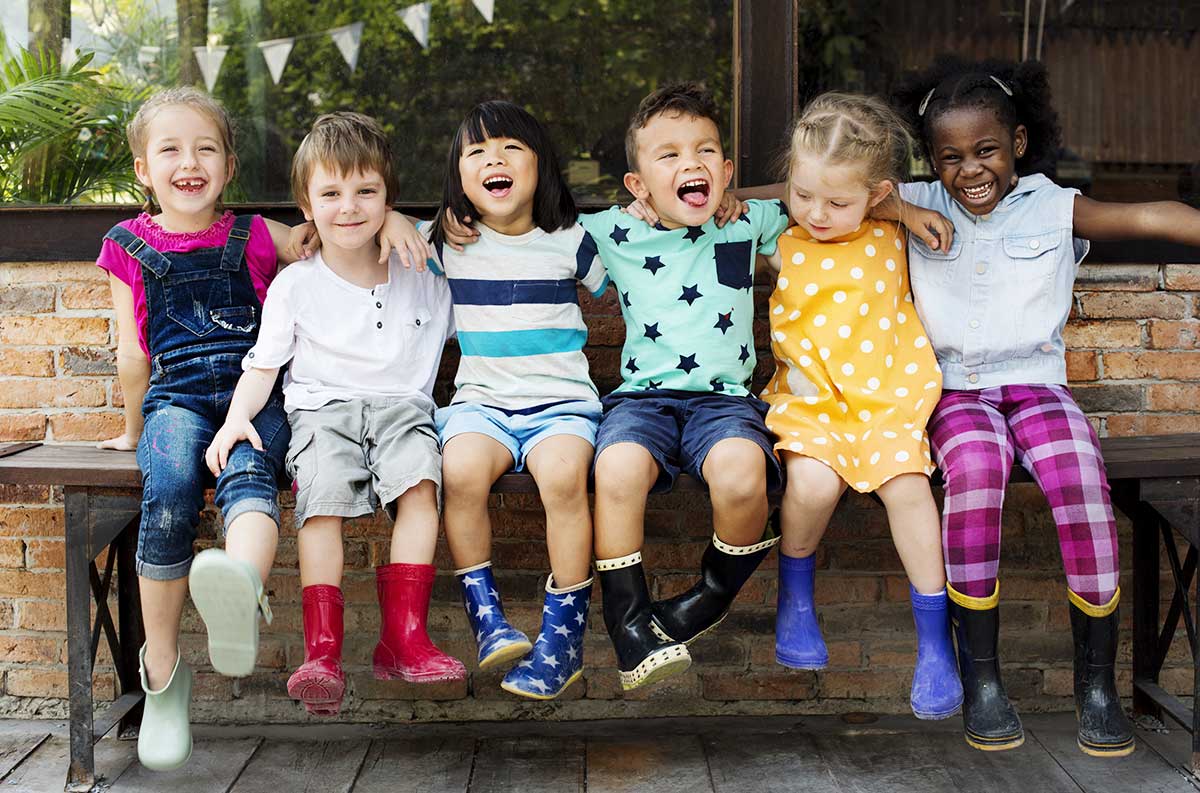
Inclusive Children's Book Teaching Guide
For Boys Who Dance
What is this book about?
Gender biases and prejudices about boys who dance are nothing new. The inclusion and acceptance of boys who dance are often predicated on an argument that dance is not masculine.
This poem-based book will inspire, uplift and encourage all young boys who love to dance with the simple but powerful message to follow your heart and do what you love.
Who is depicted in this book?
- Boys who transcend gender stereotypes
What early childhood themes and concepts does this book explore?
- Movement and dance feel good and enhance joy
- Adults and children can have different ideas about what it means to be a boy or a girl
How does this book support anti-bias education?
For Boys Who Dance depicts adult disapproval of a boy dancing. Teachers can use this story to spark a discussion about what it means and how it feels when adults prevent children from participating in activities that they enjoy. Teachers can also use this book to encourage children to participate in the diverse activities that are needed to foster their full cognitive, social, emotional, and physical development.
Depending on how the book is shared or used—and the developmental level of the children—For Boys Who Dance may be used to support the following core goal from the book, Anti-Bias Education for Young Children and Ourselves:
Identity—Teachers will nurture each child’s construction of knowledgeable and confident personal and social identities so that children will demonstrate self-awareness, confidence, family pride, and positive social identities.
How can this book be used to meet early childhood learning standards?
For all ages
Use For Boys Who Dance to meet early childhood literacy standards >
For children from birth to age three
Teaching suggestion: Point out and imitate movements, dances and poses from the illustrations in this book. While sharing this book, have a dance party and encourage the children to model what you are doing and then imitate one another.
What Illinois Early Learning Guideline does this meet for children from birth to age three?
Developmental DomainCognitive Development
Standard: Creative ExpressionChildren demonstrate the ability to convey ideas and emotions through creative expression.
Indicators for children:
- Demonstrates interest in sounds, songs, music, and colors (Birth–9 months)
- Participates in music activities by performing some accompanying hand movements (7–18 months)
- Imitates basic movements during an activity (16–24 months)
- Initiates and engages in music and movement activities (21–36 months)
For preschoolers (ages three to five)
Teaching suggestion: The book features different boys dancing in different ways as a rhyming story unfolds. After reading the story, children can practice moving their bodies in different ways to different types of music. Encourage them to participate in a dance party in class and create their own dance moves as they listen to the music. Talk about the different ideas and emotions that can be conveyed through different dance moves.
What Illinois Early Learning and Development Standards does this meet for preschoolers?
The Arts Standard25AInvestigate, begin to appreciate, and participate in the arts.
Benchmark 25.A.ECc:
Music: Begin to appreciate and participate in music activities.
See inside this book.


What other resources are available?
Learn more about the author at Dance Spirit and Vibe.
